
Field Trip 6: Tristan and Iseult in Cornwall
Tristan and Iseult: A Cornish Pilgrimage
by Matt Cox
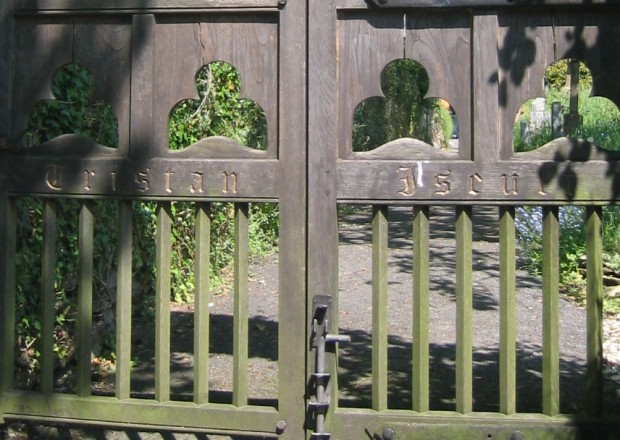
Whan that Aprill, with his shoures soote
The droghte of March hath perced to the roote
Thanne comen May whan artfolk of sondry ages
Longen to goon on Kernow pilgrimages
Twice upon a time, there lived in Cornwall a handsome Knight and a beautiful Princess, Tristan and Iseult.
Of course that isn’t strictly true: they lived many more times than twice and their story has found a home in many other places than Cornwall. But it is here, in the Cornish landscape that these lovers are embedded, and in the church of St Sampson, the destination for our pilgrimage, that their tale is enshrined.
As the cruel April weather gives way to a blazing May sun, I meet my fellow pilgrims on the Falmouth waterfront where we have come to trace our story to its source, straight from the mouth of the River Fal.

Escorting our merry throng is the poet/translator Jane Tozer who has come to lead us by the tale. The artist Jeremy Millar accompanies us too. He has travelled with Tristan more than most. We are joined by a sculptor, a teller of tales and an artist who does things with light; a juggler, a dauber, a dilettante warbler and a man who prefers the night.
Each takes their turn to tell their story.
For those of our flock who fell by the wayside, I will re-cap our Tristan’s tale. Tristan and Iseult is a medieval Celtic romance with a love triangle at its core. Tristan sails to Ireland to collect Iseult as a bride for his uncle, King Mark of Cornwall, but Tristan and Iseult fall in love with each other. Set against the dramatic scenery of a wild and wooded Cornwall, the story plays out the trials of physical and courtly love. The protagonists navigate stormy seas and treacherous waterways as their fortunes, and the narrative, ebb and flow.
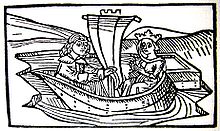
But this is not just a Cornish tale. It is also a monomyth, a tale of archetypes. Its universal themes are found as far away as Papua New Guinea which has its own version of Tristan and Iseult, Tokinana sola Bosubasoba – a story which Jeremy Millar recounts when he takes his turn and delivers the Millar’s Tale. It is a story that has been transformed into opera, appropriated by the Third Reich, made colourful by Bollywood, watered down in Tristram Shandy and eponymized in the island of Tristan de Cunha. As our poet reminds us, mere fact, location and detail do not comprise the soul of story, it ‘takes place in the imagination and the heart, and not a certain piece of land. Exactitude is not truth.’
And forth we riden a litel moore anon
Unto the churche of Seint Sampson
Having passed the site of King Mark’s Castle Dore, we arrive at Golant and the beautiful St Sampson’s church with its graveyard overlooking the River Fowey. Bees stumble busily in the lilac bushes, butting the heavy, scented spikes before staggering off, giddy with their load. Ancient oaks shade ancient bones from bleaching in the sun, and hoary roots embrace the dead, for fear their spirits run.
It is here that Iseult, now reconciled with her King, rides to give her prayers.
Saint Sampson’s tale, like that tale of Tristan and Iseult, is woven together from a number of Celtic strands. He was the son of a Welsh king, a traveler to Brittany and a founder of the Cornish church. His roots are deep and wide.
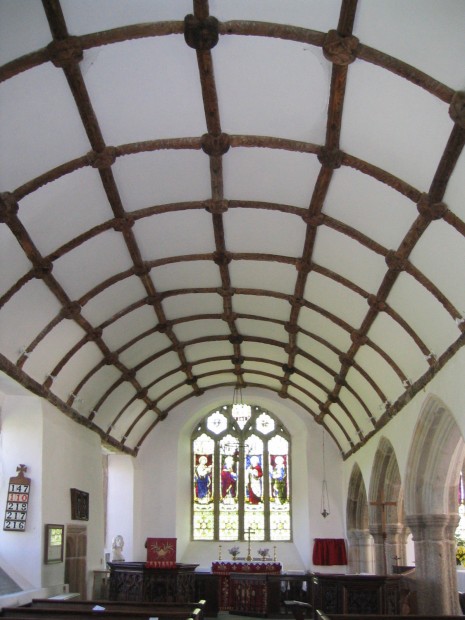
It is here that our poet captures her congregation in a web of story. Looking up, we realize she has caught us in her net.
She tells us of Mark’s honour and the virtues of the Knight, of the hunted hungry lovers, and their tender tragic plight. But there is only sufficient time to tease us with parts of the Tristan tale. Like the fisherman’s net, it is a series of holes tied together with string, facts and fictions slithering in and out.
We stand by the lich-gate, where the lovers kissed to the scent of honeysuckle. As soon as we enter its shadow, it becomes clear that this is the true genius loci, the hub of our tale and the heart of our pilgrimage.
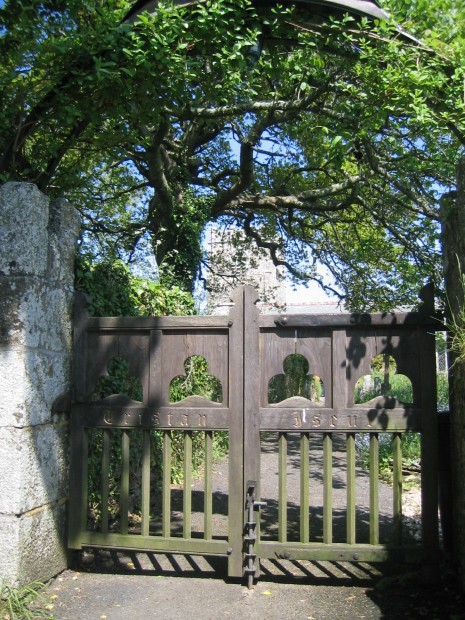
The floral archway which points to the heavens appears to sanctify Tristan and Iseult’s love and celebrate their union. Below however, in the earthly domain, their names are carved on separate gates, each dominated by the struts of imprisoning bars. Lich is the ancient name for a corpse, the lich-gate the place where the body is set down to await the clergyman’s arrival. It is a passing place, a threshold between two worlds. It is one of those places our poet might call a ‘Thin Place’, somewhere ‘the veil between this world and the otherworld is so delicate that we can sense another dimension.’
Everything is brought together at this Place. It is here we feel the story, the palpable holes in the net, the invisible membrane between fact and fable and the tissue that separates 850 years.
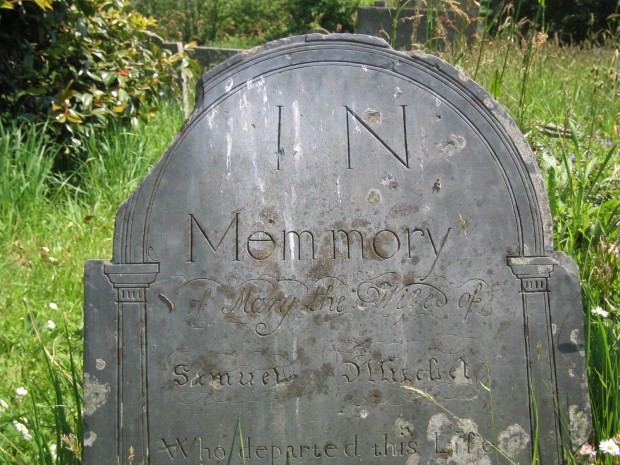
The Burial of the Dead
April is the cruellest month, breeding
Lilacs out of the dead land, mixing
Memory and desire, stirring
Dull roots with spring rain.
T.S Eliot
May with its light behaving
May with its light behaving
Stirs vessel, eye and limb
The singular and sad
Are willing to recover,
And to each swan-delighting river
The careless picnics come
In living red and white
Our dead, remote and hooded,
In hollows rest, but we
From their vague woods have broken,
Forests where children meet
And the white angel-vampires flit,
Stand now with shaded eye,
The dangerous apple taken.
W.H Auden
Words and images by Matt Cox.
Read more about Field Trip 6: Tristan and Iseult in the Programme listing.
